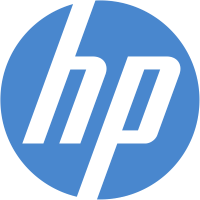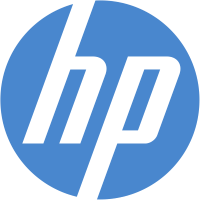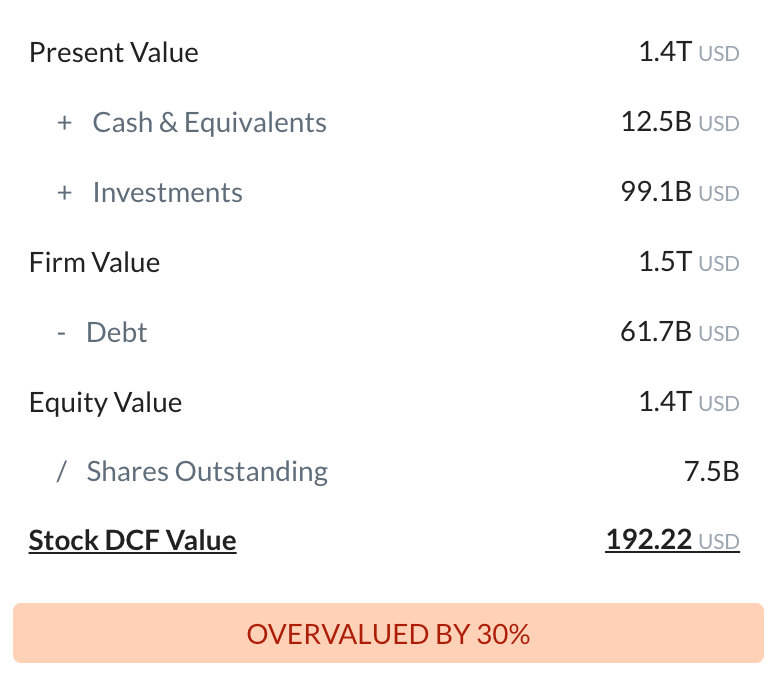
HP Inc
NYSE:HPQ

Intrinsic Value
The intrinsic value of one
 HPQ
stock under the Base Case scenario is
49.77
USD.
Compared to the current market price of 23.83 USD,
HP Inc
is
Undervalued by 52%.
HPQ
stock under the Base Case scenario is
49.77
USD.
Compared to the current market price of 23.83 USD,
HP Inc
is
Undervalued by 52%.
The Intrinsic Value is calculated as the average of DCF and Relative values:

Valuation History
HP Inc

Fundamental Analysis

HP’s print segment remains a core profit driver, but as businesses globally reduce paper usage in favor of digital workflows, the high-margin supply business could slide faster than anticipated, undermining the company’s earnings base.
HP’s leadership in both consumer and commercial printing, reinforced by proprietary consumables and robust channel relationships, positions the company to capture recurring revenue and preserve high margins despite gradual declines in printing volumes.

Revenue & Expenses Breakdown
HP Inc

Balance Sheet Decomposition
HP Inc

| Current Assets | 19.8B |
| Cash & Short-Term Investments | 2.9B |
| Receivables | 6.9B |
| Other Current Assets | 10B |
| Non-Current Assets | 19.1B |
| PP&E | 4.1B |
| Intangibles | 9.9B |
| Other Non-Current Assets | 5.2B |
Free Cash Flow Analysis
HP Inc

| USD | |
| Free Cash Flow | USD |
Earnings Waterfall
HP Inc

|
Revenue
|
53.9B
USD
|
|
Cost of Revenue
|
-42.1B
USD
|
|
Gross Profit
|
11.8B
USD
|
|
Operating Expenses
|
-7.7B
USD
|
|
Operating Income
|
4.1B
USD
|
|
Other Expenses
|
-1.4B
USD
|
|
Net Income
|
2.7B
USD
|
HPQ Profitability Score
Profitability Due Diligence

HP Inc's profitability score is 44/100. The higher the profitability score, the more profitable the company is.

Score
HP Inc's profitability score is 44/100. The higher the profitability score, the more profitable the company is.
HPQ Solvency Score
Solvency Due Diligence

HP Inc's solvency score is 50/100. The higher the solvency score, the more solvent the company is.

Score
HP Inc's solvency score is 50/100. The higher the solvency score, the more solvent the company is.
Wall St
Price Targets
HPQ Price Targets Summary
HP Inc

According to Wall Street analysts, the average 1-year price target for
 HPQ
is 37.14 USD
with a low forecast of 33.65 USD and a high forecast of 42 USD.
HPQ
is 37.14 USD
with a low forecast of 33.65 USD and a high forecast of 42 USD.
Dividends
Current shareholder yield for  HPQ is
.
HPQ is
.
Shareholder yield represents the total return a company provides to its shareholders, calculated as the sum of dividend yield, buyback yield, and debt paydown yield. What is shareholder yield?
The intrinsic value of one
 HPQ
stock under the Base Case scenario is
49.77
USD.
HPQ
stock under the Base Case scenario is
49.77
USD.
Compared to the current market price of 23.83 USD,
 HP Inc
is
Undervalued by 52%.
HP Inc
is
Undervalued by 52%.






















































 You don't have any saved screeners yet
You don't have any saved screeners yet